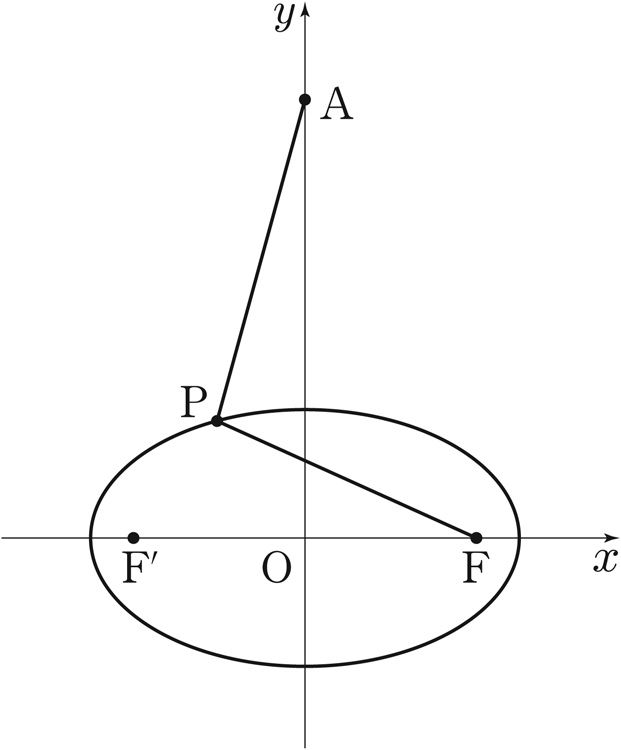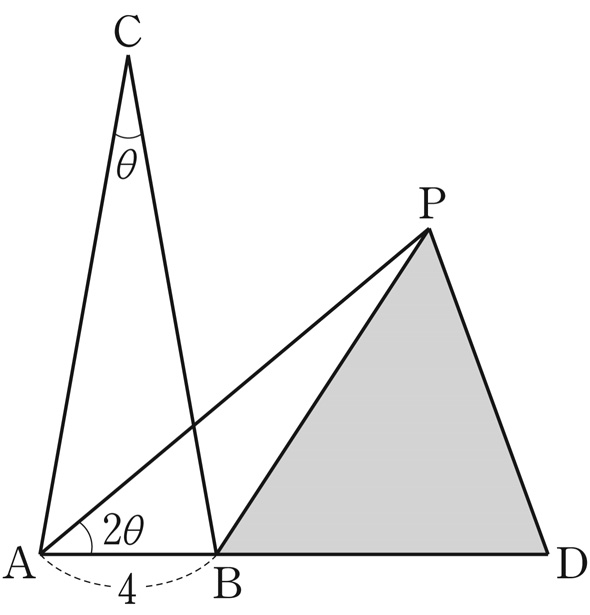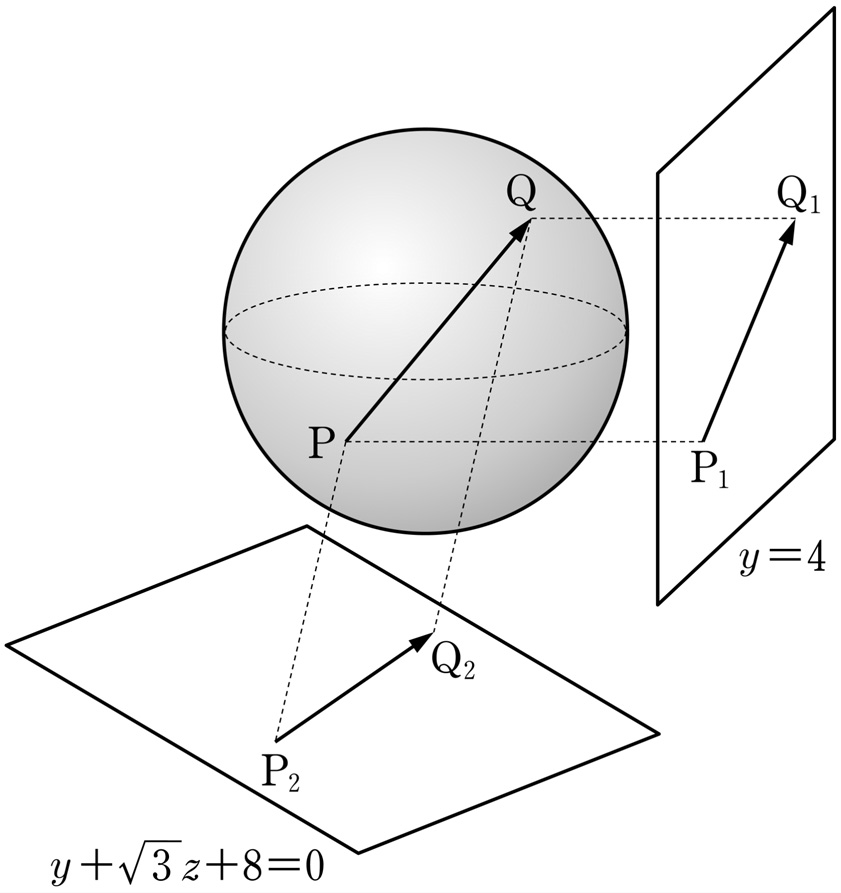if the sum of all elements in the matrix \(A+B\) is \(6\), what is the value of \(a\)? [2 points]
- \(1\)
- \(2\)
- \(3\)
- \(4\)
- \(5\)
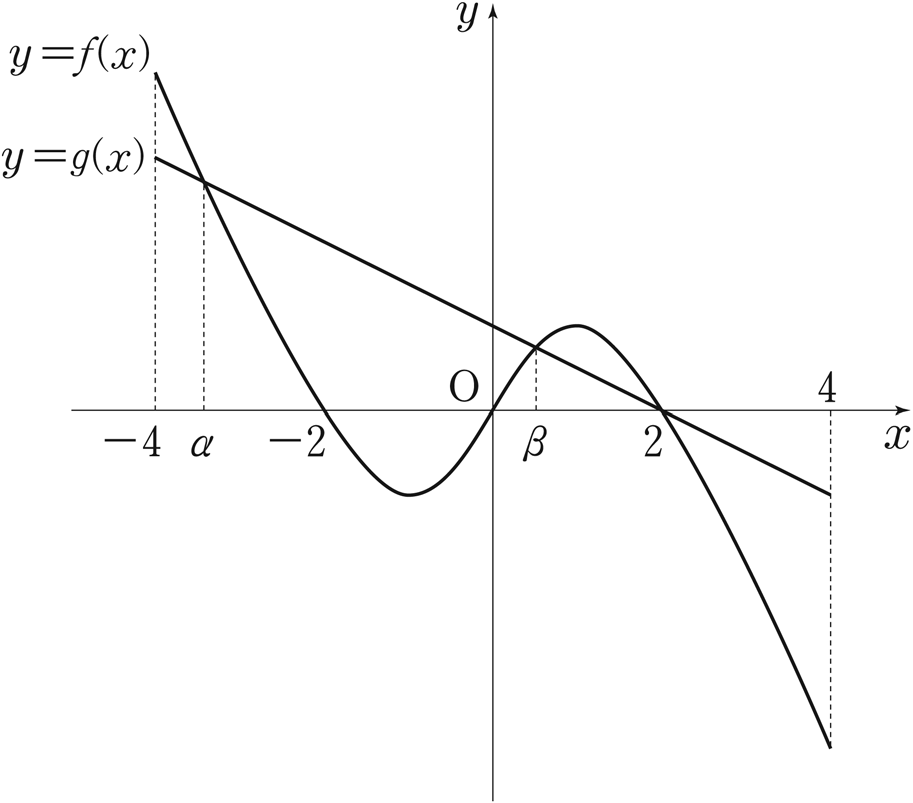
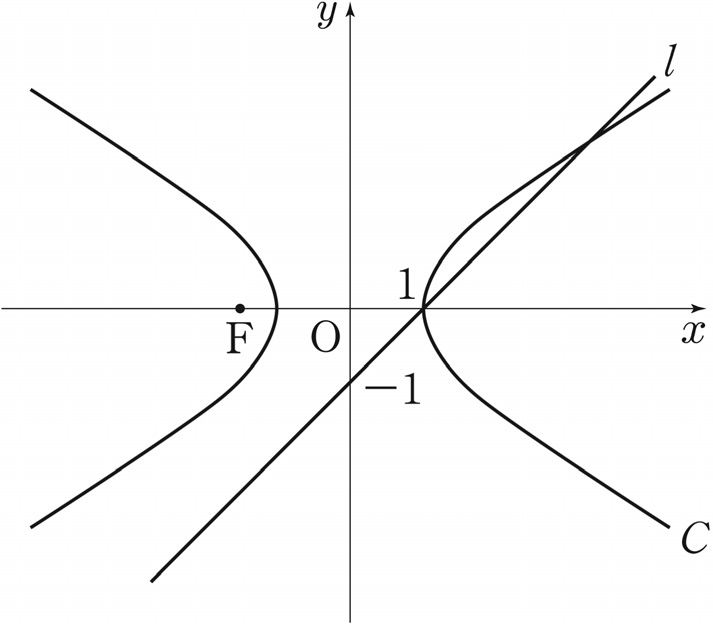
 shape
consisting of the region enclosed by
arc \(\mathrm{M_1B_1}\) of sector \(\mathrm{N_1M_1B_1}\) and line \(\mathrm{M_1B_1}\),
and the region enclosed by
arc \(\mathrm{M_1C_1}\) of sector \(\mathrm{D_1M_1C_1}\) and line \(\mathrm{M_1C_1}\).
shape
consisting of the region enclosed by
arc \(\mathrm{M_1B_1}\) of sector \(\mathrm{N_1M_1B_1}\) and line \(\mathrm{M_1B_1}\),
and the region enclosed by
arc \(\mathrm{M_1C_1}\) of sector \(\mathrm{D_1M_1C_1}\) and line \(\mathrm{M_1C_1}\).
 shape
inside rectangle \(\mathrm{A_2B_2C_2D_2}\).
shape
inside rectangle \(\mathrm{A_2B_2C_2D_2}\).
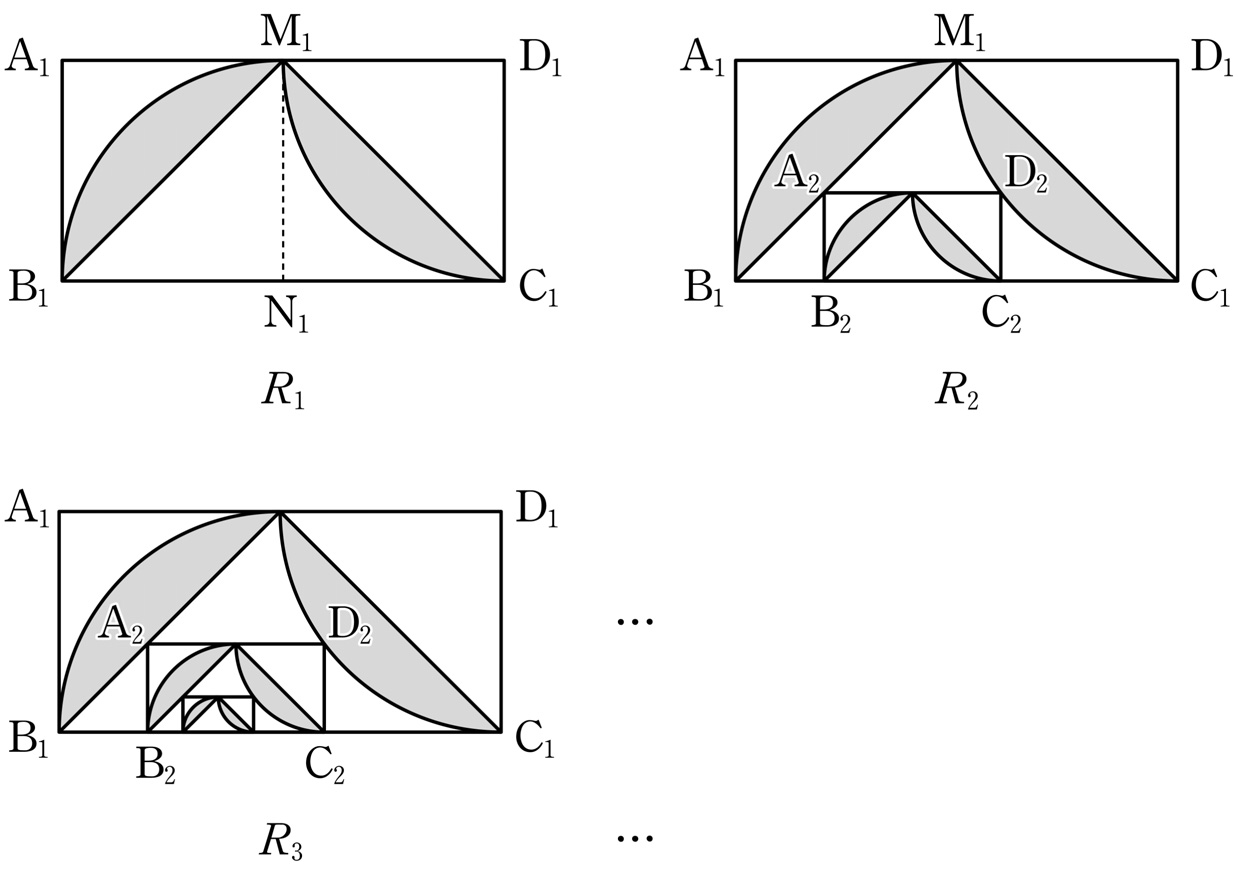
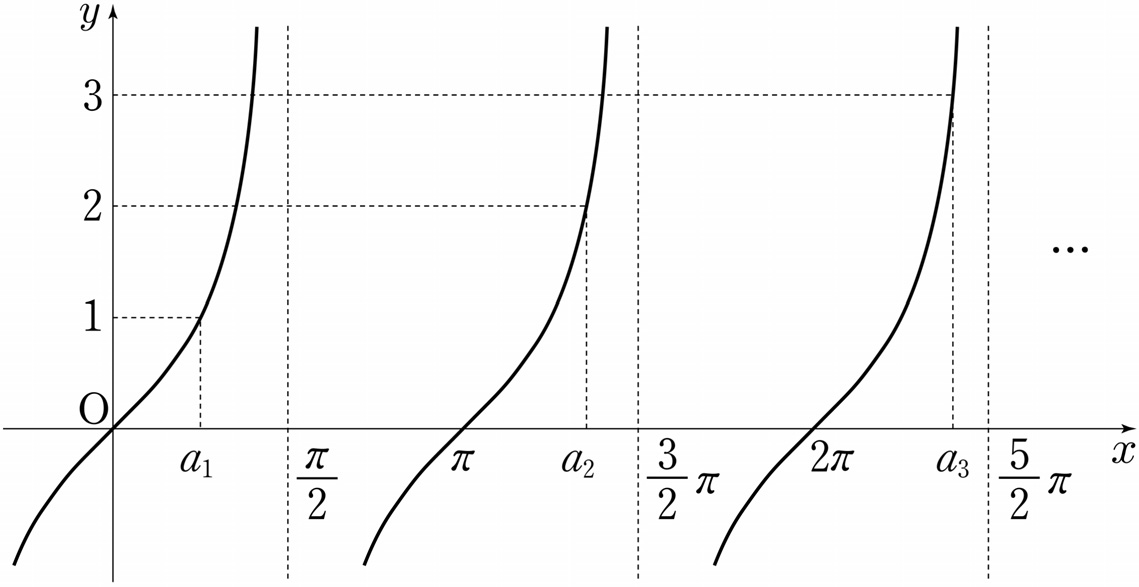
| Male | Female | |
| Finished | \(27\) | \(9\) |
| Retired | \(8\) | \(6\) |
